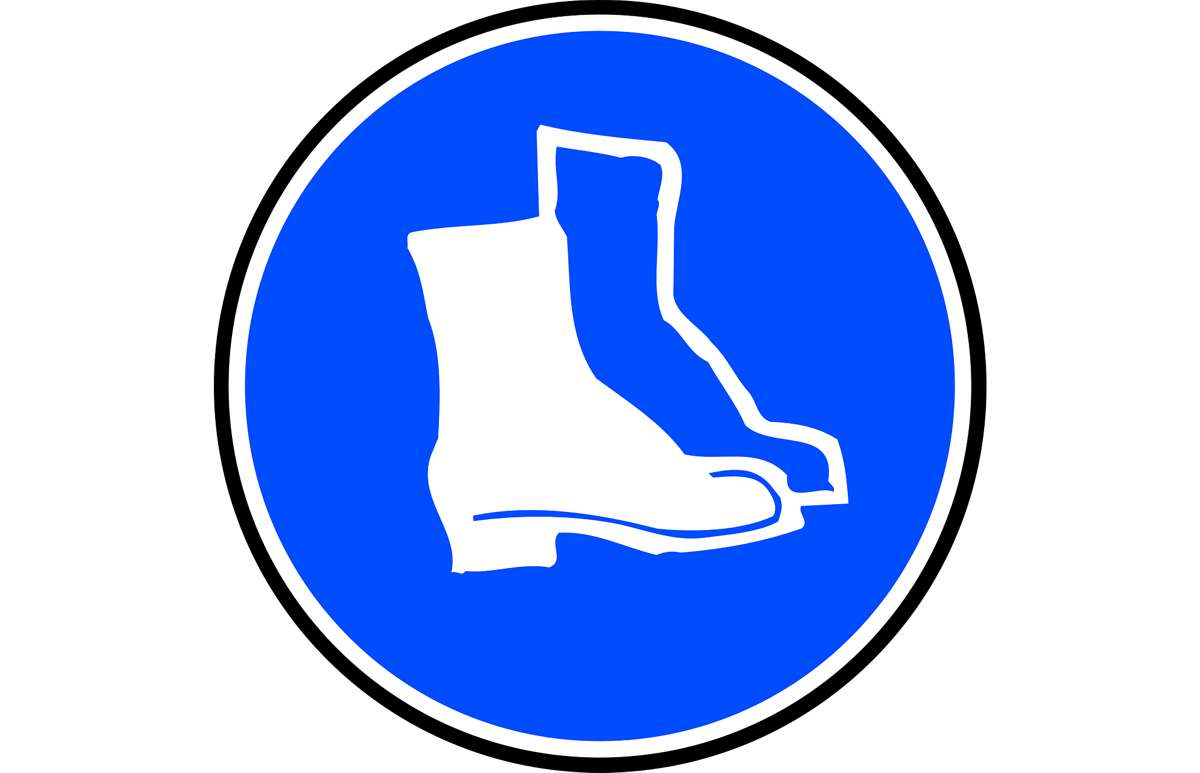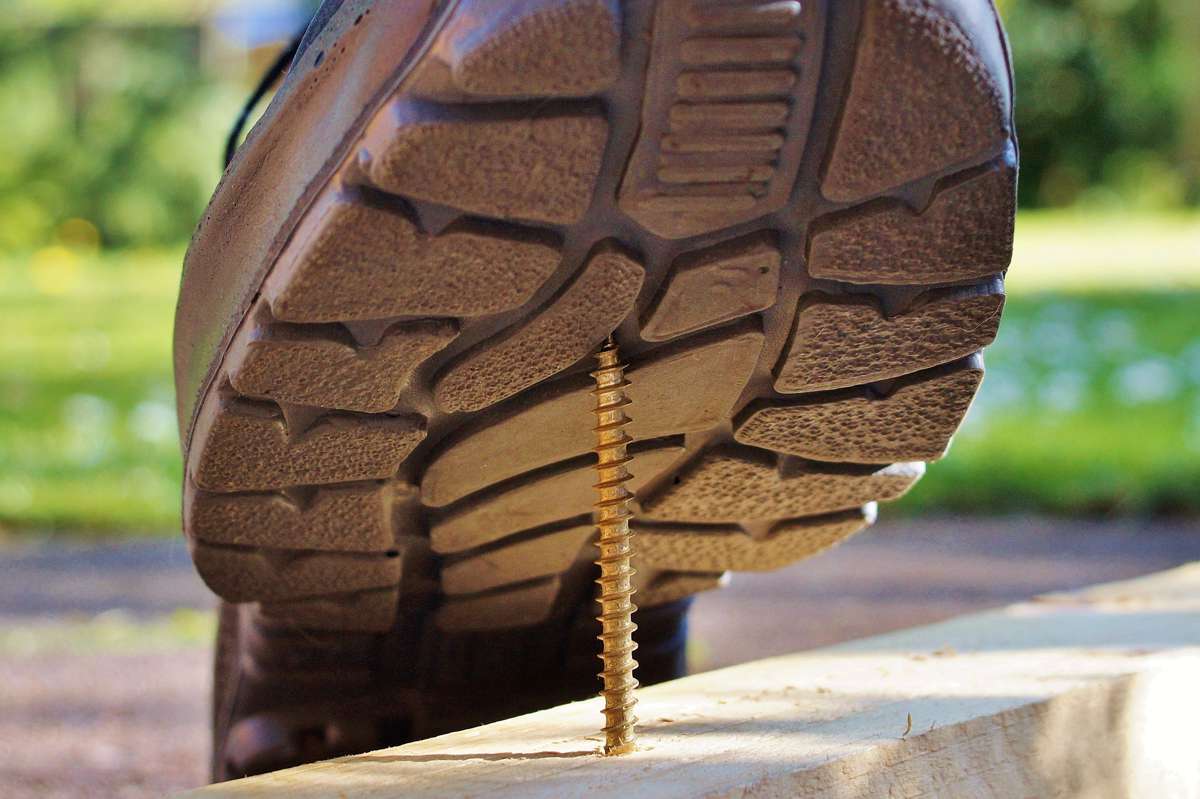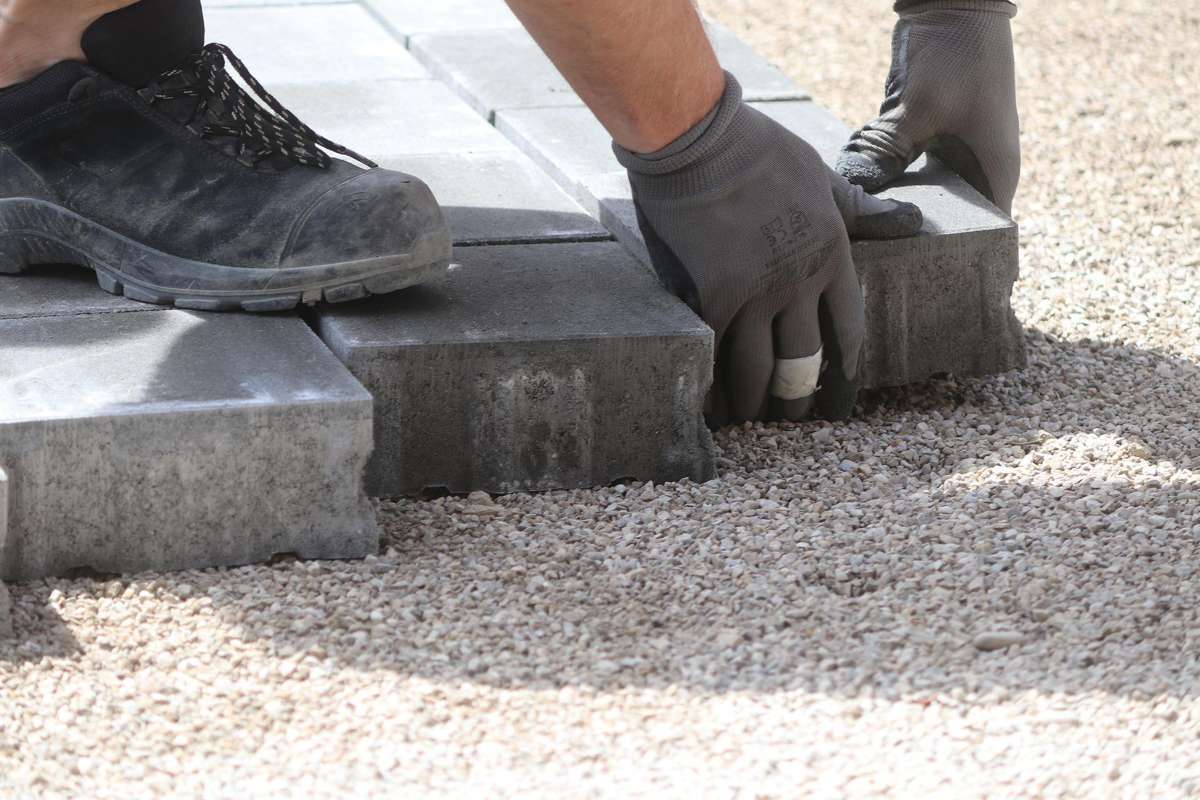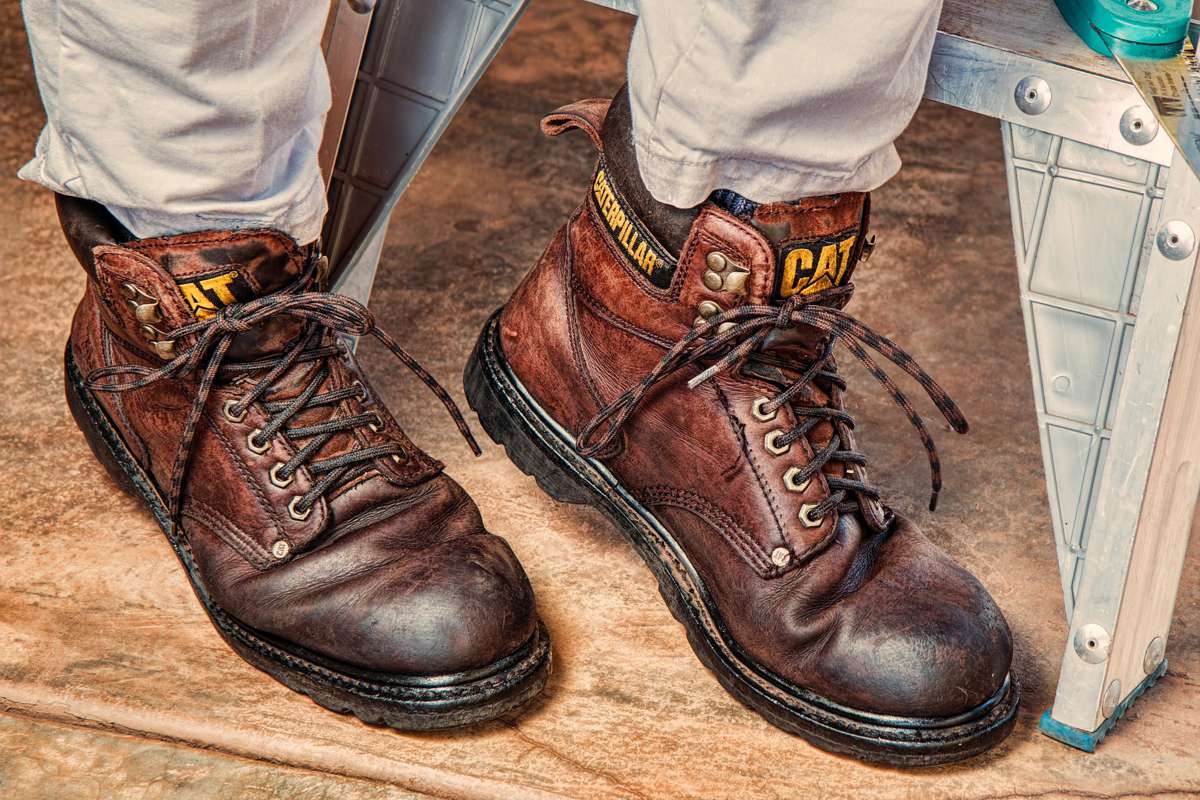Choosing the right Safety Boots for Road Work
Personal Protective Equipment, or PPE, is a legal requirement in every working environment. Some environments have a greater need than others, and the construction industry is a particularly good example of such an environment.
Worksites are laden with risk, and PPE is the last defence against them. Roadworks are no different, and you should ensure your PPE is adequate for your work. Take footwear; how can you choose suitable safety boots in which to work on roads?

Suitable for Work
Chiefly, your boots need to provide adequate protection from your working environment. The Health and Safety Executive has advice on the protective characteristics you should seek in a boot, including steel toecaps and mid-sole protection to keep you safe from dropped and sharp objects respectively.
Your safety footwear needs to protect you well from a wide range of work-site hazards, not limited to physical ones like pierce or crush hazards. Road work also includes interaction with toxic materials, as well as high temperatures in the form of tarmac and road paint. As such, an adequate work boot should be resilient against corrosion and high temperatures.

Fitting the Heel
Your safety boot needs to be relatively snug to the heel and to the balls of your fit. Choosing a boot that is too wide for your feet will cause your feet to move around inside the boot, reducing your stability and increasing the risk of a slip or trip.
With a snug, well-supported heel, you can step with confidence and precision. The same is true for the balls of your feet, where careful foot placement around excavations is key.

Correctly-Supported Arches
While a well-fitted boot is crucial for safety in wearing them, comfort is also an important factor. You will be wearing these boots for hours at a time, on gruelling shifts and on unforgiving terrain.
Poor or overzealous arch support can lead to significant discomfort and distraction from the job at hand, as well as long-term issues with posture. As such, ensuring your boots are well-cushioned but not overly formed to fit the shape of your feet can help you guarantee a more comfortable wearing experience.

Wear Your Usual Socks
When trying on safety footwear, you should endeavour to wear the socks you usually wear on site; you may have pairs of rugged work socks to insulate your feet in colder weather, or to regulate sweat.
The socks you wear can have a significant impact on the fit of your boot, and wearing thinner socks could lead to you choosing too small a boot.




















